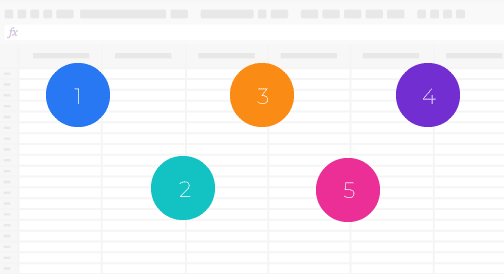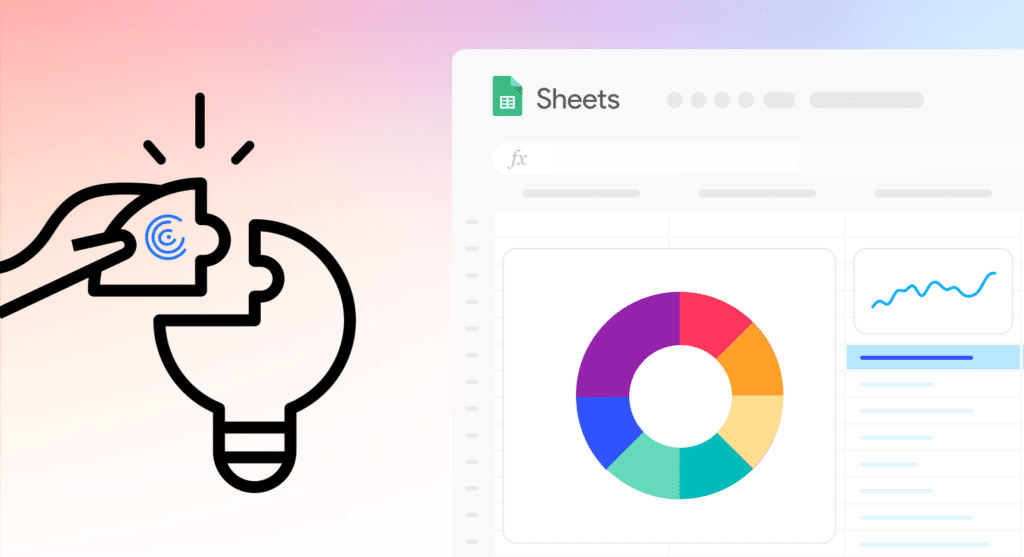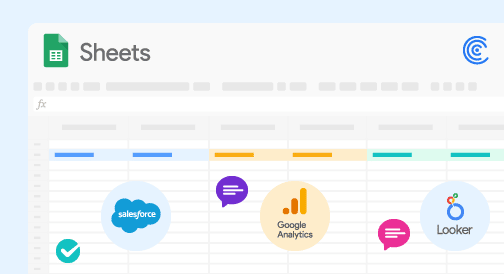Business data has never been more abundant. According to an IDG survey, data volumes are growing by 63% a month at companies with more than 1,000 employees. From CRMs, to ERPs, to hundreds of other SaaS apps, along with many other sources, companies are generating data at an unprecedented rate.
And yet the vast majority of this data never reaches the business users who need it. Only 14% of companies make data widely accessible to employees. Despite technological shifts, business users are still unable to access the data they need, the same position they occupied ten years ago.
Many business users continue to rely on the data team for insights. But data teams are under-resourced, frequently inefficient, and slow to complete requests. As a result, a staggering 63% of business users fail to receive insights in their required timeframes. The data gap for business users is real — and often under-appreciated.
Many technologies and methodologies have tried to solve the problem. But a counterintuitive solution is now closing the data gap. It’s one that was right under everybody’s nose the whole time.
Why Can’t We Be Friends? Business Users vs. Data Teams
The sheer amount of systems in a modern enterprise, from CRMs to MySQL databases, is too disjointed for business users to navigate. The average company employs 110 SaaS platforms organization-wide. Data becomes siloed in all of these disconnected systems. The data in these siloed systems is not only inaccessible, but eventually inconsistent and untrustworthy.
Even when business users get the data they need, they struggle to produce insights in cumbersome CRM systems and SQL-based BI tools. That’s why many business users still prefer customizable spreadsheets for data analysis. In theory, the data team is supposed to solve all of these issues. But oftentimes, the data team simply adds a layer of bureaucracy and friction to an already inefficient process.
Data teams implement tools that lock business users out of the data stack. SQL-based data warehouses, BI tools, and other platforms are inaccessible to no-code and low-code business users. Also, the data stack is optimized for big data, not for the use cases of business users. So the data warehouse becomes its own gigantic data silo.
Now the problem is not decentralized, disconnected systems, but the resource limitations of a single data team. When one data team is responsible for all a company’s data demands, bottlenecks inevitably form. The data requests pile up, a queue is formed, and business users must wait patiently for the insights they need.
And this assumes that the queue proceeds in an orderly fashion. Data teams spend a significant but unpredictable amount of time performing ad hoc requests for executives or triaging critical data infrastructure problems. The data needs of the average business user are low on the totem pole. So business users are expected to wait their turn, despite their pressing deadlines.
But even when data teams fulfill a request, it’s not uncommon for the business user to receive unusable data and KPIs. Data engineers, BI analysts, and other data team members lack nuanced domain knowledge about specific business units. The KPI scoping process is disorganized and marred by miscommunication. So the data team misunderstands the request, and useless data is returned to business users.
Then it’s right back into the queue. And by the time business users get the data, it’s irrelevant.

Stop exporting data manually. Sync data from your business systems into Google Sheets or Excel with Coefficient and set it on a refresh schedule.

The Solution: Self-Service — But What Kind?
The data gap for business users is not an unknown problem. Many ascendant data frameworks — from DataOps, to the modern data stack — attempt to bridge this gap. But most of these proposed solutions simply double down on the complex systems that lock business users out of direct data access.
Data teams mostly acknowledge that business users have trouble accessing the data they need. There are more data requests than there are data personnel to fill them. That’s why the idea of “self-service” for business users has gained traction in recent years. The appeal of turning business users into “citizen” data specialists who can service their own data requests is easy to like.
But it’s also too good to be true, at least under the current technology regime. Nothing fundamentally changes. “Self-service” as understood by the data team simply means “business users learn SQL.” The cloud data warehouse, BI tools and other SQL-centric components stay put. But let’s get real — no business user wants to take a ten week SQL coding bootcamp to bridge the data gap at their company.
However, self-service is the answer to closing the data gap. Just not “self-service” as defined by the data team. If business users could act with independent agency in the data stack, the force multiplier wouldn’t just close the data gap. It would create a culture of data surplus — one where every business user has access to the data he or she needs.
And the most astounding part is that the answer is right under all our noses. It’s something so obvious that people forgot to look. The spreadsheet, the dark horse candidate in front of us all along, is poised to close the modern data gap.
Stay tuned for our next blog to find out how.
 Navneet Loiwal
Navneet LoiwalCEO Coefficient





